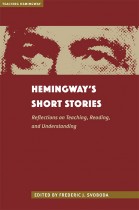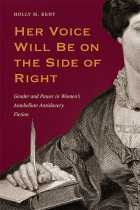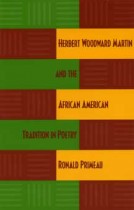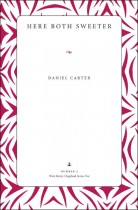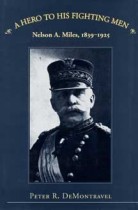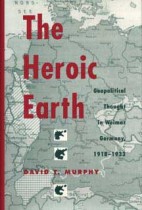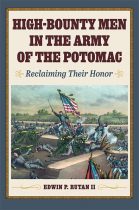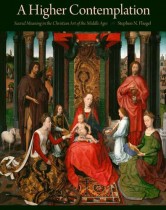Hemingway’s Spain
Carl P. Eby and Mark Cirino | Filed under: Hemingway Studies, Literature & Literary Criticism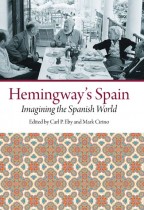
In Hemingway’s Spain, Carl P. Eby and Mark Cirino collect thirteen penetrating and innovative essays by scholars of different nationalities, generations, and perspectives who explore Hemingway’s writing about Spain and his relationship to Spanish culture and ask us in a myriad of ways to rethink how Hemingway imagined Spain—whether through a modernist mythologization of the Spanish soil, his fascination with the bullfight, his interrogation of the relationship between travel and tourism, his involvement with Spanish politics, his dialog with Spanish writers, or his appreciation of the subtleties of Spanish values. In addition to fresh critical responses to some of Hemingway’s most famous novels and stories, a particular strength of Hemingway’s Spain is its consideration of neglected works, such as Hemingway’s Spanish Civil War stories and the novel The Dangerous Summer. The collection is noteworthy for its attention to how Hemingway’s post–World War II fiction revisits and reimagines his earlier Spanish works, and it brings new light both to Hemingway’s Spanish Civil War politics and his reception in Spain during the Franco years.

